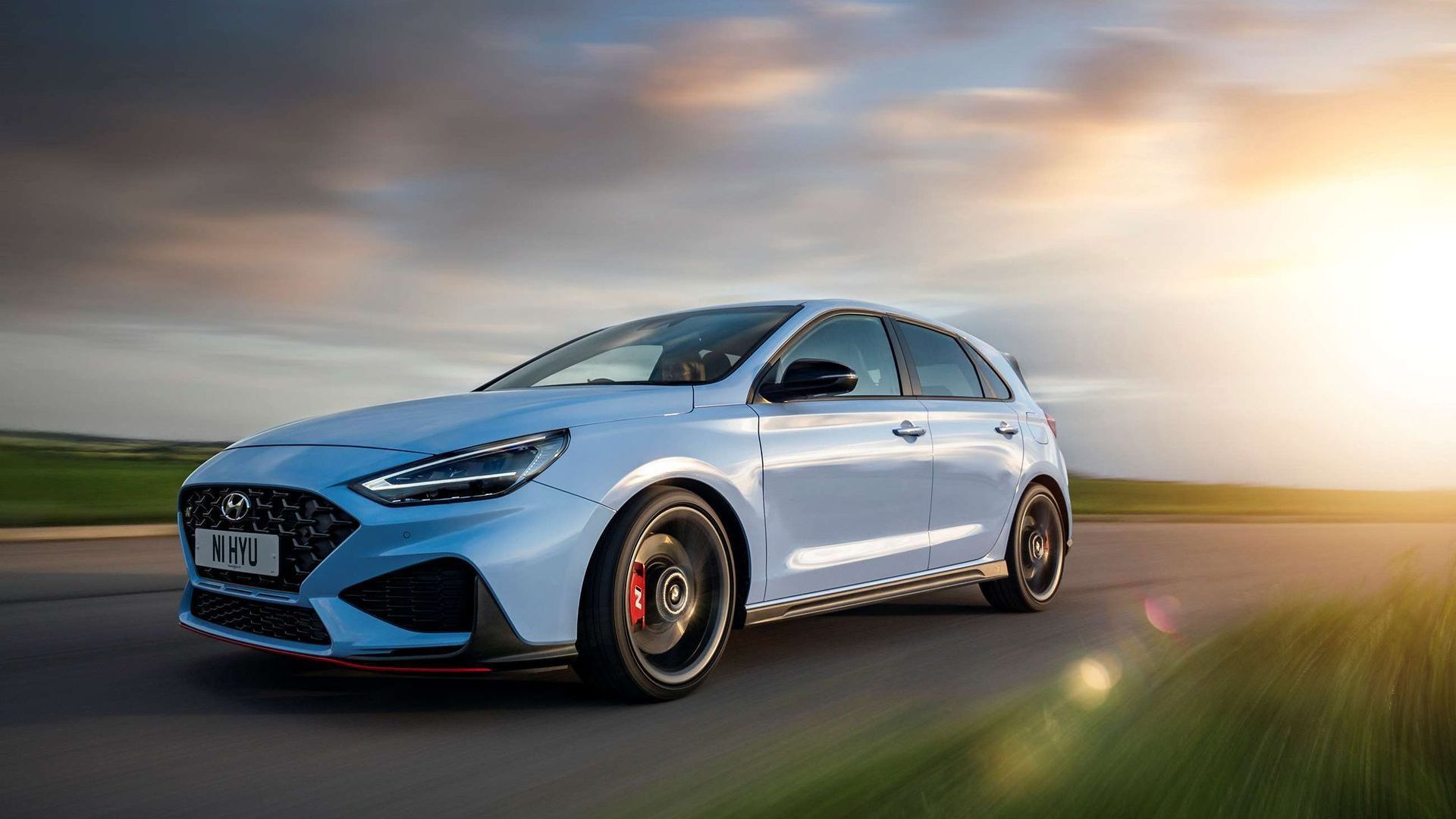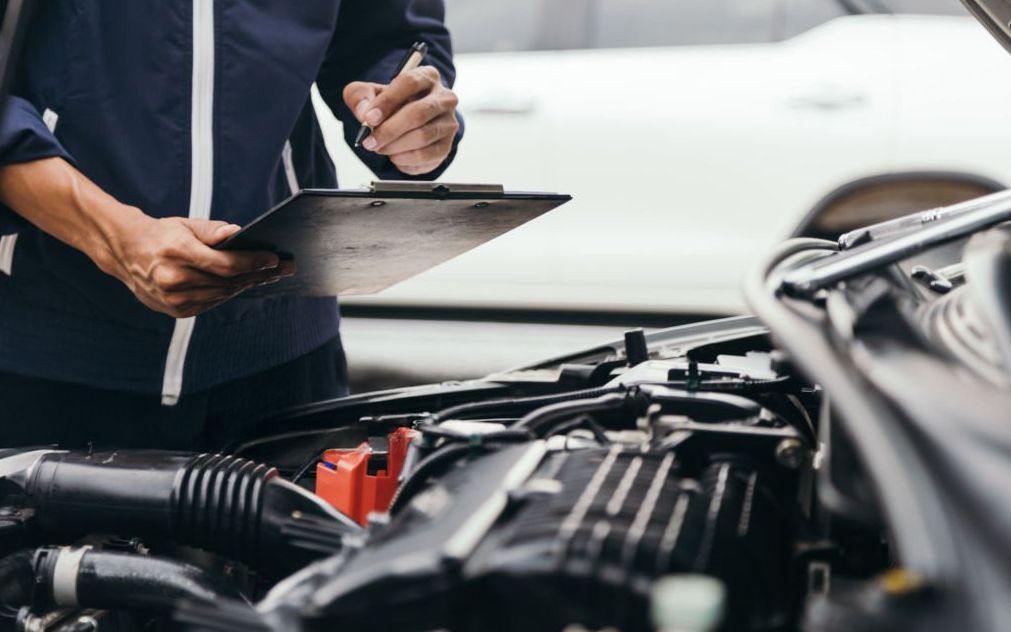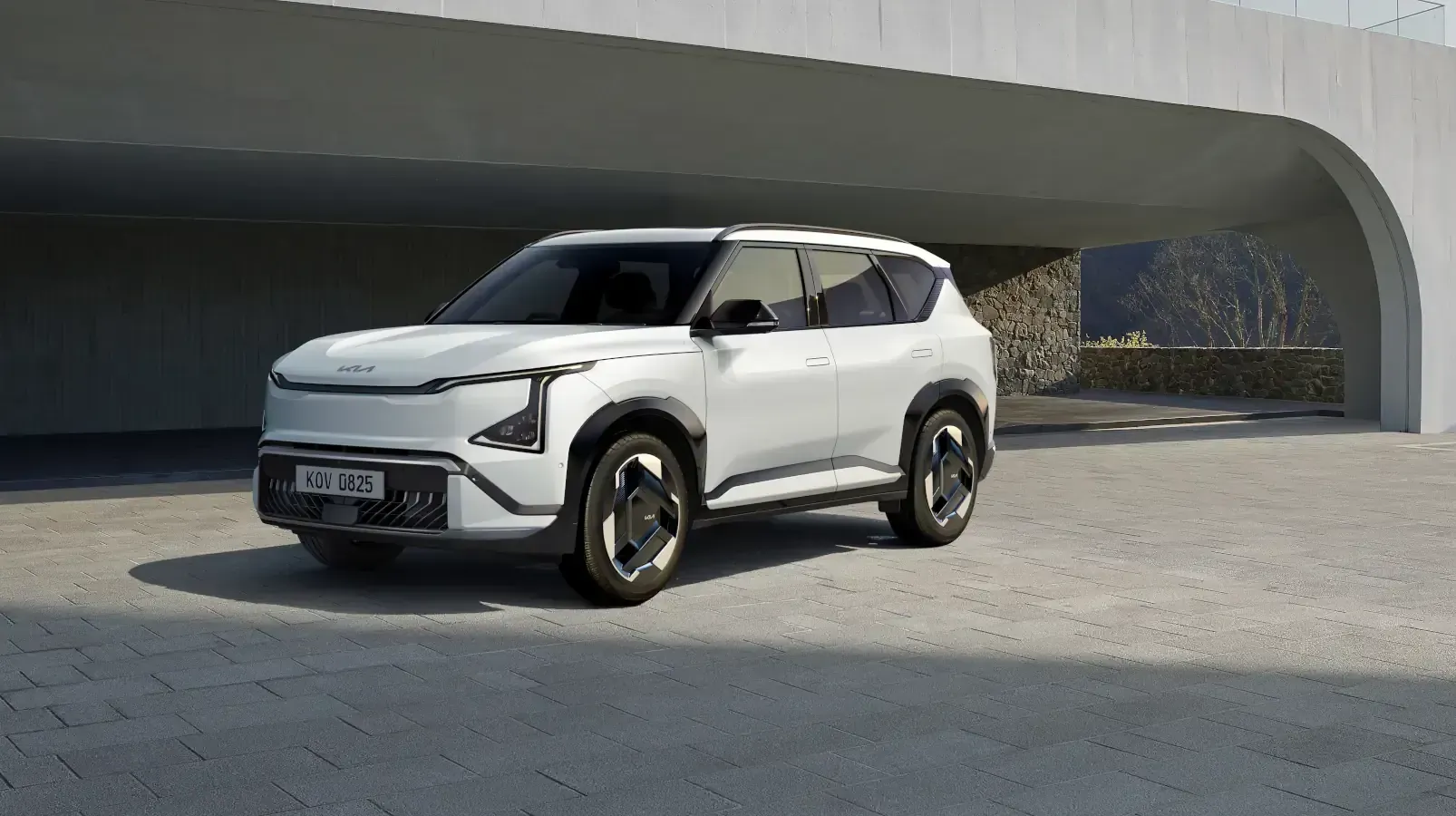The Best Guide for Buying Your First Car

When I was looking for my first car it was a matter of opening the Courier Mail, skipping to the classifieds and seeing in tiny print "1981 Toyota Celica Liftback 5SP MAN 160,000km VGC $3000 ono".
These days with the internet at our fingertips and a huge range of tools, being a first time purchaser is much easier (or harder depending on who you ask).
Whether you want to know how to buy a car privately or from a dealership, this car guide covers everything: setting your budget, researching models, inspecting cars, and negotiating the best price.
The Benefits of Getting a Second Hand Car
When it comes to buying a car, many automatically think of a buying a new car. However, second-hand cars have greater benefits. The biggest perk? The money you'll save!
Used cars are cheaper, giving you more bang for your buck. Plus, you avoid the steep depreciation that new cars face, meaning you could recoup more of your investment if you sell later.
You’ll have access to a variety of makes, models, and years, increasing your chances of finding a car that perfectly suits your needs.

Factors you Should Consider
1. Setting a Budget for Your First Car
Budgeting is key when buying a car. First, review your finances, including income and expenses, and decide what you can comfortably afford. Don’t forget to include insurance, maintenance, and fuel costs.
If you need financing, get pre-approved to know your loan options. Experts recommend sticking to the "15% rule," which suggests not spending more than 15% of your monthly income on car-related expenses. While staying within this limit can be challenging, it's more achievable with a second-hand vehicle.
2. Researching and Identifying Your Needs
Know what you want. Consider the car’s purpose: commuting, family transport, or weekend trips? Think about passengers, cargo space, and features you want.
Safety, infotainment, and fuel efficiency might be priorities. Or you may want to make the switch to buy an electric vehicle. Research different models to find those that meet your criteria.
3. Where to Look for Your First Car in Brisbane
Search for cars at dealerships, online platforms, and private sales. Dealerships offer a wide selection and may be pricier but offer warranties, easy finance and the ability to trade your old vehicle. Online platforms like Facebook Marketplace and Carsales have vast options but watch out for scams.
Private party sales might be cheaper but require more caution, consider getting vehicle history report or PPSR at the least along with a pre-purchase car inspection. If the seller is selling a car without a RWC, be sure to find out why.

4. Inspecting and Test Driving a Vehicle
Found your 1st car? Here’s what to do next. Start by thoroughly inspecting the exterior, interior, and engine bay for any signs of damage, rust, or leaks. Then, take it for a test drive to assess how it handles, accelerates, and brakes.
Pay close attention to any unusual noises and ensure all features are functioning correctly. Additionally, obtaining a vehicle history report and VIN check is crucial to uncover any hidden issues or past problems. This thorough inspection process will help you make an informed and confident decision.
5. Negotiating the Price and Financing Options
Start with a lower offer than what you’re willing to pay to leave room for bargaining. Be patient and assertive, and don’t be afraid to walk away if the deal doesn’t meet your expectations.
If financing, compare rates and get pre-approved by Fuel Asset Finance for better negotiating power. See our guide for Securing the Best Car Finance Interest Rate.
Follow Market Insights and research the value of the car you’re interested in before entering negotiations.

You're Ready to Buy Your 1st Car, What Next?
1. Sell Your Old Car
Selling your old car doesn’t have to be stressful. Gather all documents like the title, registration, and service records, and clean your car inside and out. Take clear photos and write a detailed, honest description to highlight its best features.
Post your ad on multiple online platforms for a wider reach, and be ready to answer questions, arrange test drives, and negotiate. Once a customer is found, complete the paperwork properly. For a quicker sale, consider using our service to get an instant offer and cash in your account within an hour.
2. Purchase Inspection and Warranty
Before buying a used car, getting a pre-purchase inspection from a reliable mechanic is a smart move to avoid hidden issues and unexpected repair costs later. A detailed inspection report on key parts like the engine, transmission, and brakes can also help you negotiate the final price.
Consider getting a warranty as added protection for repairs. Just make sure you fully understand what’s covered and for how long. If something goes wrong, it can save you from expensive fixes. Ultimately, these steps help ensure your car-buying experience is smooth and worry-free, protecting you for years to come.
And remember, buying an old car can feel scary, but taking these precautions gives you confidence in your choice. Peace of mind is key when making a big investment, so investing some extra time upfront can make all the difference in enjoying your car with less stress down the road.
3. Finalising the Purchase and Paperwork
After negotiating the price, it's time to finalise the purchase. Carefully review all documents, including the invoice, registration transfer papers, and any warranties provided.
It's crucial to check if the seller is dealing with a financed car by conducting a current PPSR search and ensuring all necessary registration transfer papers are in order.
These steps will help ensure a smooth and secure transaction:
- Check if the seller is selling a financed car with a current PPSR search and necessary registration transfer papers.
- Update your insurance policy to your new vehicle.
Final Thoughts
In my experience, buying a car can be a rewarding experience with the right knowledge and preparation. By following the tips and advice outlined in our guide, you can navigate the process with confidence and secure a great deal.
Related Articles
Our Socials
Contact
Locations
.
Office Hours
- Monday
- -
- Tuesday
- -
- Wednesday
- -
- Thursday
- -
- Friday
- -
- Saturday
- Closed
- Sunday
- Closed














